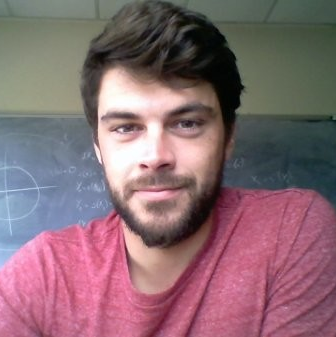Abstract
Motion planning and obstacle avoidance is a key challenge in robotics applications. While previous work succeeds to provide excellent solutions for known environments, sensor-based motion planning in new and dynamic environments remains difficult.
In this work we address sensor-based motion planning from a learning perspective. Motivated by recent advances in visual recognition, we argue the importance of learning appropriate representations for motion planning. We propose a new obstacle representation based on the PointNet architecture and train it jointly with policies for obstacle avoidance. We experimentally evaluate our approach for rigid body motion planning in challenging environments and demonstrate significant improvements of the state of the art in terms of accuracy and efficiency.

Environments
To train our policies and compare to different motion planning algorithms, we have developped a simple simulation framework based on the Pinoccio project, a fast and lightweight robotic library.

Static Boxes

Shapes

YCB Objects

Slot

Dynamic Boxes
Links
To cite our work, please use:
@inproceedings{strudelnmp2020,
title={Learning Obstacle Representations for Neural Motion Planning},
author={R. {Strudel} and R. {Garcia} and J. {Carpentier} and J.P. {Laumond} and I. {Laptev} and C. {Schmid}},
journal={Proceedings of Conference on Robot Learning (CoRL)},
year={2020}
}
 github
github







